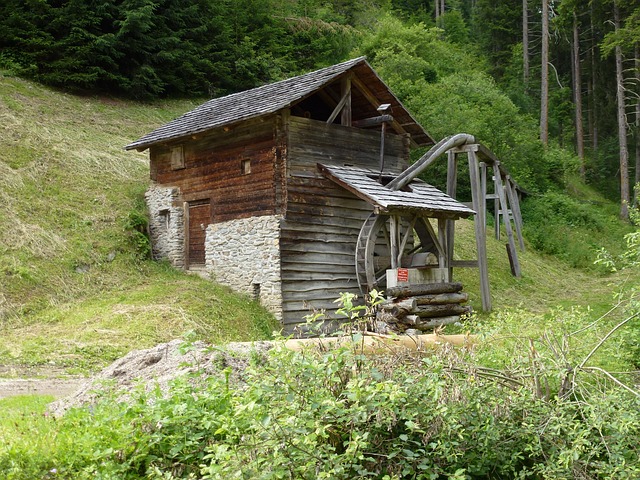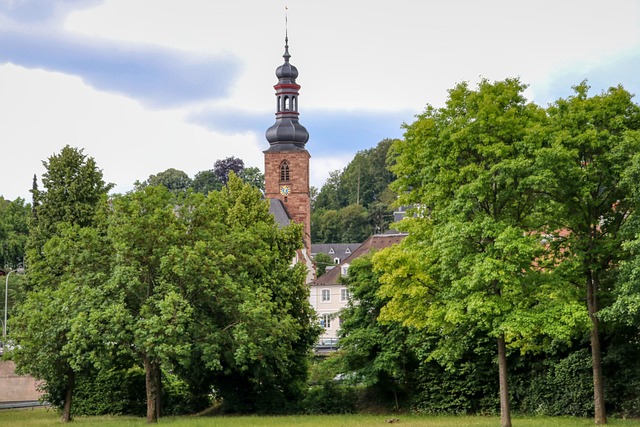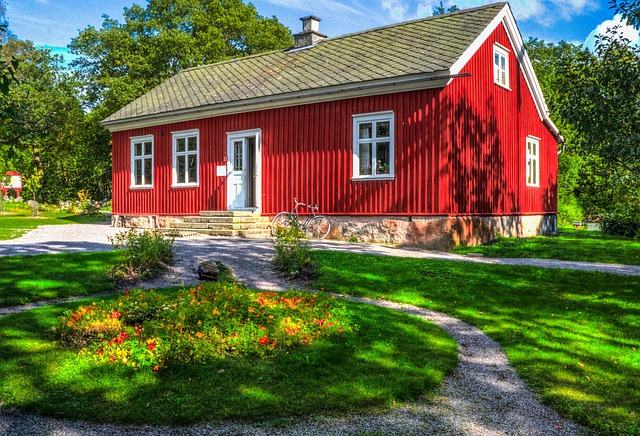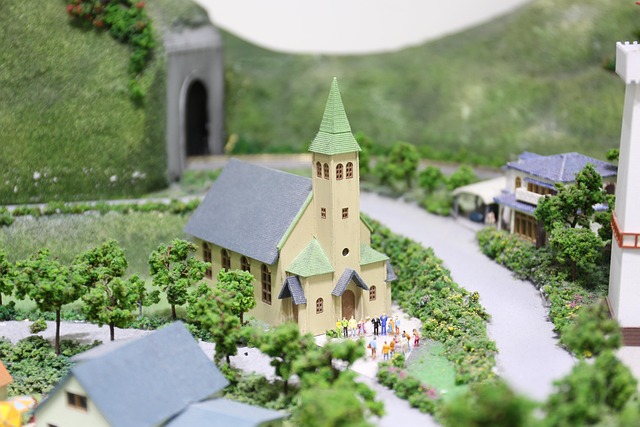Solar power integration and smart building technologies are transforming real estate, promoting sustainability with energy-efficient structures, reduced carbon footprints, and lower operational costs. Green infrastructure leverages renewable sources and design strategies to create eco-friendly buildings that combat climate change and offer long-term cost savings for occupants.
In today’s digital era, the real estate industry is undergoing a profound transformation as energy-efficient solutions become the cornerstone of sustainable development. This article explores three key strategies: Solar Power Integration, Smart Building Technologies, and Green Infrastructure, each empowering real estate professionals to unlock significant carbon footprint reductions. By harnessing renewable energy sources and implementing innovative technologies, developers and owners are not just meeting environmental standards but also enhancing property value and contributing to a greener future.
Solar Power Integration: Unlocking Sustainable Real Estate

Solar power integration is transforming the real estate sector, unlocking a sustainable future for properties worldwide. As the world shifts towards renewable energy sources, real estate developers and investors are recognizing the immense potential of solar technology to reduce carbon footprints and create eco-friendly living spaces. By harnessing the power of the sun, buildings can generate their own electricity, significantly lowering energy costs and environmental impact.
This innovative approach allows for the design and construction of energy-efficient buildings that blend seamlessly with nature. From rooftop solar panels to large-scale ground-mounted systems, various implementation methods cater to different property types and sizes. By embracing solar power, real estate professionals can contribute to global sustainability goals while offering tenants and homeowners a greener, more cost-effective living environment.
Smart Building Technologies: Revolutionizing Energy Efficiency

Smart building technologies are transforming the real estate sector by revolutionizing energy efficiency. These innovations, such as automated lighting systems, advanced heating and cooling controls, and smart sensors, allow buildings to adapt and optimize their energy usage based on real-time data. By automating these processes, facilities managers can significantly reduce energy consumption and operational costs without compromising comfort or performance.
Furthermore, integrating renewable energy sources like solar panels and wind turbines with smart building systems creates a more sustainable environment. Real estate developers are increasingly adopting these technologies to meet growing demand for eco-friendly properties. This trend not only reduces carbon footprints but also enhances the long-term value of buildings, as tenants and buyers prioritize energy efficiency and sustainability in their choices.
Green Infrastructure: A Strategic Approach to Carbon Reduction

Green infrastructure, an innovative approach in real estate development, is transforming the way we combat carbon emissions and climate change. This strategic concept involves integrating natural elements and sustainable design into urban landscapes, offering a promising path to reducing carbon footprints. By prioritizing eco-friendly practices, developers can create vibrant, energy-efficient spaces that harmonize with the environment.
One key aspect of green infrastructure in real estate is the utilization of renewable energy sources. Integrating solar panels, wind turbines, or geothermal systems into buildings reduces reliance on fossil fuels and minimizes greenhouse gas emissions. Additionally, smart design strategies such as natural ventilation, efficient lighting systems, and well-insulated facades contribute to significant energy savings. These approaches not only benefit the environment but also offer long-term cost advantages for homeowners and businesses alike.






